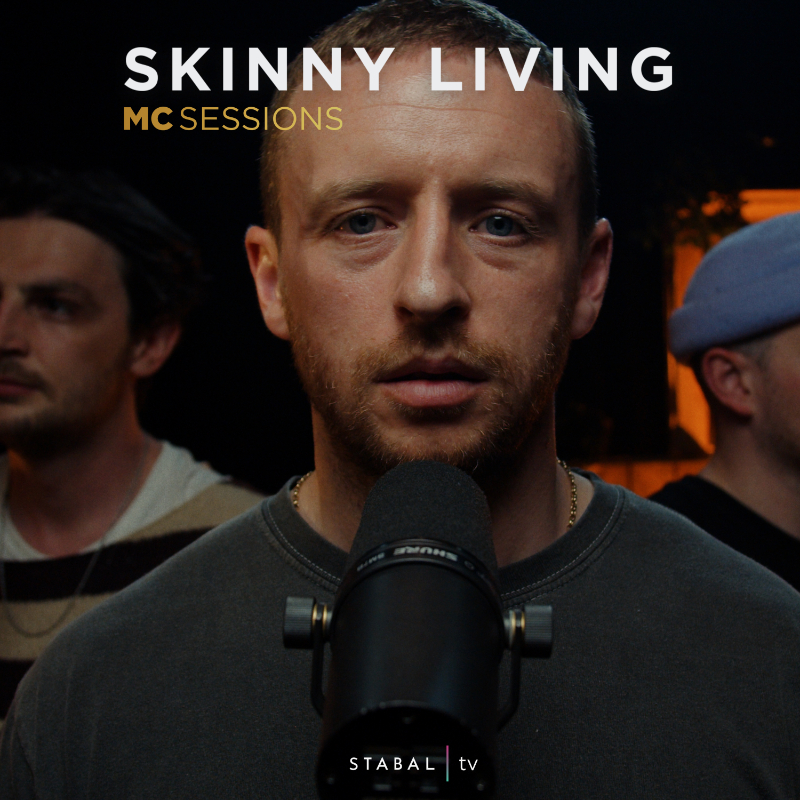If you are considering taking up a musical instrument or introducing your children to one, you may be considering learning to play the piano. While it may not be practical to squeeze a grand piano into your front room, a smaller instrument could offer the ideal solution to tickling the ivories.
Many students will not begin learning to play the piano on a grand piano, but on a keyboard or electric piano instead, as they offer greater practicality, and affordability as well as a more comfortable learning experience.
The ability to transport these instruments with ease also makes them ideal for students who want to play or practice at home or take their instrument to lessons or performances. You can visit South Shore Piano School to find out more about piano lessons for your children. To help you begin your musical journey, we have outlined some of the key differences between a keyboard and a digital piano so you can make an informed decision.
- Size and Portability: Digital pianos tend to be larger and heavier than keyboards, making them less portable, as they are designed to look like a piano. Keyboards are usually slimmer and have a streamlined design, making them suitable for smaller spaces and transportation.
- Key Action and Feel: Digital pianos aim to replicate the touch and feel of an acoustic piano, offering a more realistic playing experience compared to keyboards. With weighted or graded hammer action keys that respond to the player’s touch a digital piano provides a more authentic sound compared to a keyboard.
- Sound Quality: Digital pianos are carefully engineered to deliver high-quality piano sounds that closely resemble the tones of an acoustic piano. They often use advanced sampling technology that captures the characteristics of each individual piano note to provide an authentic and immersive playing experience.
On the other hand, keyboards offer a wider range of sounds and instrument options beyond just piano tones with an extensive library of instrument samples, including strings, brass, woodwinds, percussion, synthesizers, and more. However, they may not achieve the same level of depth and realism when it comes to reproducing the nuanced sounds of a traditional piano.
- Features and Functions: Keyboards tend to have an extensive range of built-in features and functions, such as various instrument sounds, rhythms, recording capabilities, and connectivity options. This makes them more versatile and suitable for different musical genres and styles compared to digital pianos which focus on delivering a piano-like experience that captures the essence of a traditional piano performance.
- Price: The price of a digital piano or keyboard can vary depending on its features and the quality of the instrument. In general, however, keyboards tend to be less expensive than digital pianos as they typically have fewer features and do not offer the same level of realism as digital pianos which are designed to mimic the sound and feel of an acoustic piano.
In the end, the best choice for you will depend on your individual needs and preferences. If you are looking for an affordable instrument that is easily transportable, then a keyboard may be a good option. However, if you are seeking an instrument that can provide a realistic piano experience, then a digital piano may be a better choice.






